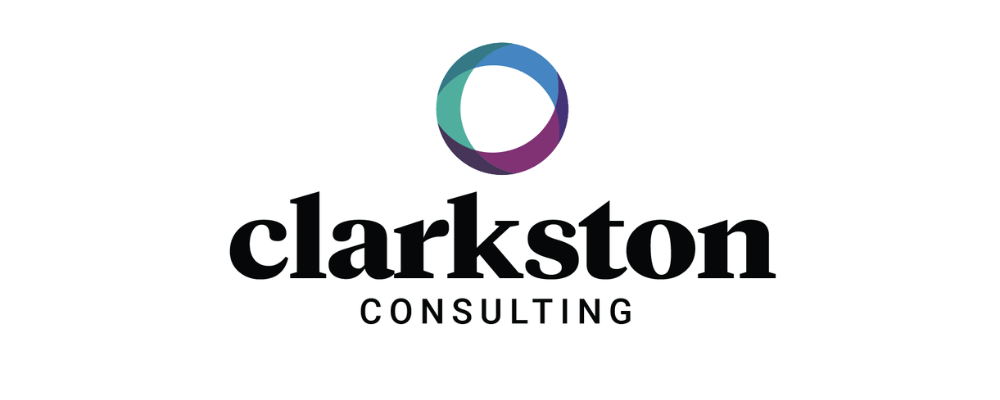Few new technologies have taken the tech, business, and academic world by storm quite like ChatGPT, a generative AI chatbot developed to perform everyday tasks such as answering questions, writing code, or drafting cover letters. A range of plug-ins have allowed for even more applications of this tech, further driving the platform’s hype.
With its abilities and popularity growing daily, many leaders in retail may be curious as to how ChatGPT can optimize their businesses and add new capabilities. In this piece, we aim to cut through the noise and address what ChatGPT means for retailers, outline retail-specific applications, and highlight areas to keep an eye on as applications continually emerge for this new tech.
What is Generative AI?
Generative AI refers to algorithms (like ChatGPT) capable of creating new content like text, images, audio, and code that mimic existing instances. To create such content, AIs must be fed data to learn to recognize and emulate the patterns in human language. GPT4 (GPT’s 4th gen language system) for instance, was trained on the internet, which provided endless data to draw upon, resulting in more natural communication and deeper capabilities. For example, this training allowed GPT4 to score in the 90th percentile on the Bar exam, (an 80-point jump from GPT3).
It’s important to note, however, that while today’s generative AIs can string together words based on learned patterns, to them it’s “coherent gibberish.” They lack comprehension of what they’re saying, understanding only patterns. This creates “hallucinations,” where some of ChatGPT’s responses, while grammatically correct, miss a deeper understanding or are factually inaccurate. This caveat is key to how retail and business leaders should view the current business impacts of ChatGPT.
Retail Applications for ChatGPT
Despite its current limitations, generative AI has enabled new capabilities for businesses and users. It has allowed developers to build code more quickly and has enhanced search engines. This technology, however, isn’t just an arms race among tech giants. Some potential use cases include:
Smarter Ads: Like other search engines, ChatGPT has extensive potential for ad hosting, or displaying ads alongside generated results. Retailers could pay to have their products ranked more preferentially in search results. Particularly given ChatGPT’s ability to cater responses to users’ queries, generative AI could open a new world of micro-targeted ads.
Conversational Commerce: Conversational commerce is the ability to place orders using voice prompts. Asking Alexa to order more paper towels is a prime example of this. ChatGPT and its advanced language functions could improve such services by providing more relevant responses and better predictions of what a user may like. With conversational commerce sales expected to reach $164B by 2025, more capable digital assistants could bolster sales for retailers.
Expectations should be tempered though, as users remain skeptical of voice assistants. Only 22% of users currently make purchases through them, and when smart speaker adoption and their use in commerce is segmented by generation, older users represent the lowest rates of adoption. That indicates that many users, particularly in Gen X and above, still feel more the need to review orders conventionally to prevent accidental or incorrect orders. Despite its hurdles, conversational commerce still represents a new burgeoning sales channel for online retailers and should continue to be monitored.
Layering into Existing Systems: ChatGPT serves as the foundation for many new plug-ins, allowing companies to enhance their platforms and services. Expedia, Instacart, Kayak, and Open Table among others, have all developed ChatGPT plugins to provide more specific recommendations. The Kayak plug-in allows users to ask things like “Where can I fly to from NYC for under $500 in April?” and receive catered responses based on search criteria and historical travel data. Retailers could add similar functions to their sites and apps that allow users to ask things like, “I need a dress for a wedding next spring in Napa Valley, Calif.,” and be given dress options tailored to next spring’s styles and weather forecasts.
Retailers could also use ChatGPT to mitigate issues like bracketing (i.e., customers buying multiple items online, with the intention of returning all but a few items). GPT4’s image recognition could allow retail apps and websites to use photos customers upload to help choose items that are the right size and fit. Helping customers find the right item the first time prevents returns, which are costly and logistically complex for retailers.
Optimizing Content Creation: Retailers could also use ChatGPT to assist in A/B testing of content on their digital storefronts or for generating marketing copy. ChatGPT could effortlessly draft dozens of versions of the same copy, and then provide advice on or even lead testing. These tasks could be performed completely autonomously, allowing UX and marketing teams to review once complete. The result would be more targeted content for customers and accelerated content generation. ChatGPT could also alleviate the burden of previously manual tasks like writing product descriptions. In the same way that inventory allocation is now automated, so too will previously labor-intensive tasks be automated using generative AI.
Potential Downsides of Generative AI in Retail
While AI can open new capabilities and optimization for companies that wield it, it’s still in its infancy and is imperfect. As mentioned earlier, AI recognizes language patterns but can’t comprehend the underlying meaning. It’s therefore prone to “coherent nonsense” or “hallucinating” as some have dubbed it, producing grammatically correct yet nonsensical responses. AI has also proven to be a powerful tool to propagate misinformation, exemplified by the “Balenciaga Pope.”
The most telling predictor of an AI’s effectiveness is the data on which it’s trained. “Garbage in, garbage out” – if an AI is trained on imperfect or bias information, those deficiencies will integrate into responses. AI is a powerful tool and one that must be used with care.
Where To Go From Here: Applications for ChatGPT and Retail
Companies looking to expand their competences, optimize processes, and enhance user experiences stand to benefit greatly from these applications for ChatGPT and retail. Today, companies can encourage their teams to experiment with ChatGPT to generate copy, draft customer support emails, and even assist in developing strategies. These previously time-intensive tasks are ripe for disruption. Retailers should also consider engaging with the ChatGPT API to explore where it could meet their unique business needs.
The most important consideration though, is that ChatGPT is still in its early stages, and there’s no need to drastically change strategies just yet. While the nascent technology promises exciting new capabilities for individuals and businesses, the attention it’s drawn from regulators indicates that the technology should still be treated with caution by officials and users alike. Companies should continue to closely monitor ChatGPT as it evolves and observe its effects on the market. For more information or for guidance on navigating the newest retail technologies, reach out to our retail experts.
Contributions from Jacob Elson
“At Clarkston Consulting, we make our clients’ purpose our purpose. Since 1991, we have worked with global life sciences, consumer products, and retail companies to advance their most complex global priorities.”
Please visit the firm link to site



